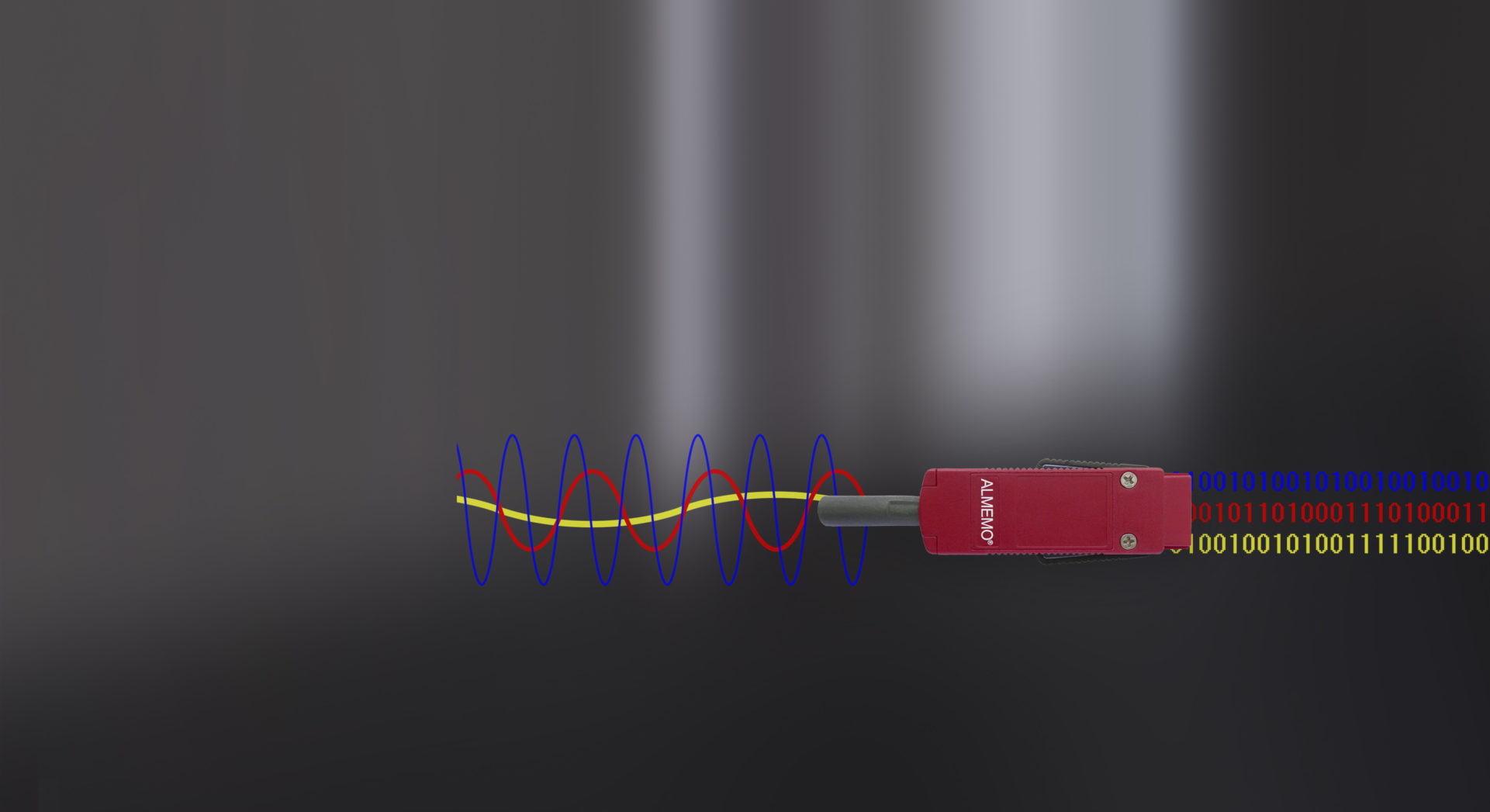
ALMEMO® connector system D7 enables DAkkS calibration without loss of time
published on Dec 10, 2020
The degree of automation is increasing more and more in the industrial environment. In order to meet today's quality standards, it is natural to use measuring equipment that has been certified by an accredited calibration laboratory. The resulting recurring calibration intervals normally lead to machine downtimes and production losses.
One device system, zero time loss
Sensors that have been digitized in conjunction with the ALMEMO® D7 connector system are already a calibration-capable measurement chain. There is no longer any need to calibrate the complete package of sensors, including the data loggers, as a corresponding measurement chain, or to deal with the logistics of which sensor is to be calibrated with which data logger. With the ALMEMO® connector system D7, the measuring system can continue to be operated almost without interruption and without removing the cabling during calibration of the replaced sensors. A redundant second data logger set with the same number of sensors is not required.
One additional sensor as a replacement is sufficient
If the calibration of a sensor has to be renewed or if a sensor is defective, it is simply replaced. In the past, the data logger and the sensors had to be recalibrated in case of a defect. This resulted in possible process downtimes and high installation costs. What physical measured variables can the ALMEMO® D7 plug system record? The possibilities are unlimited, such as temperature, current, voltage, frequencies and just about any other physical, chemical or electrical measurand. It is even possible to adapt measuring devices and sensors from other manufacturers via digital interfaces or bus systems.
This is how digitization goes according to Industry 4.0
All relevant specific data of the sensors are stored in the ALMEMO® connector D7. Communication between the ALMEMO® D7 connector and the data logger is exclusively digital. This means that the measured values can be transmitted digitally and, above all, without interference over long distances.